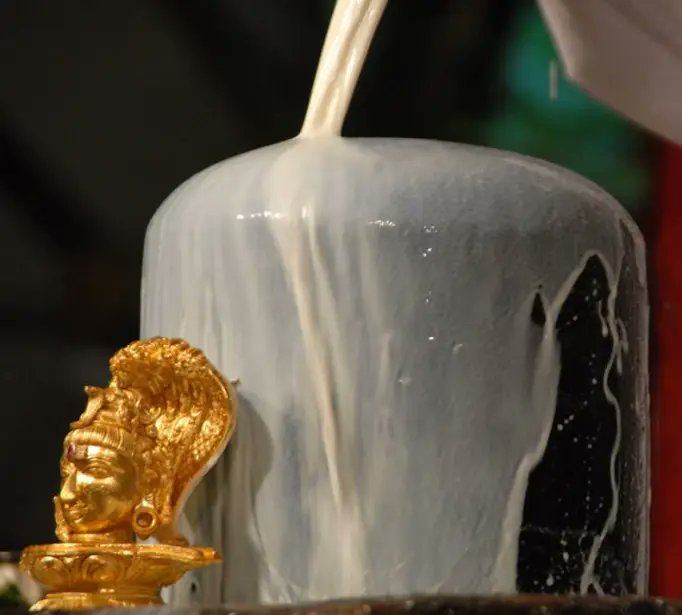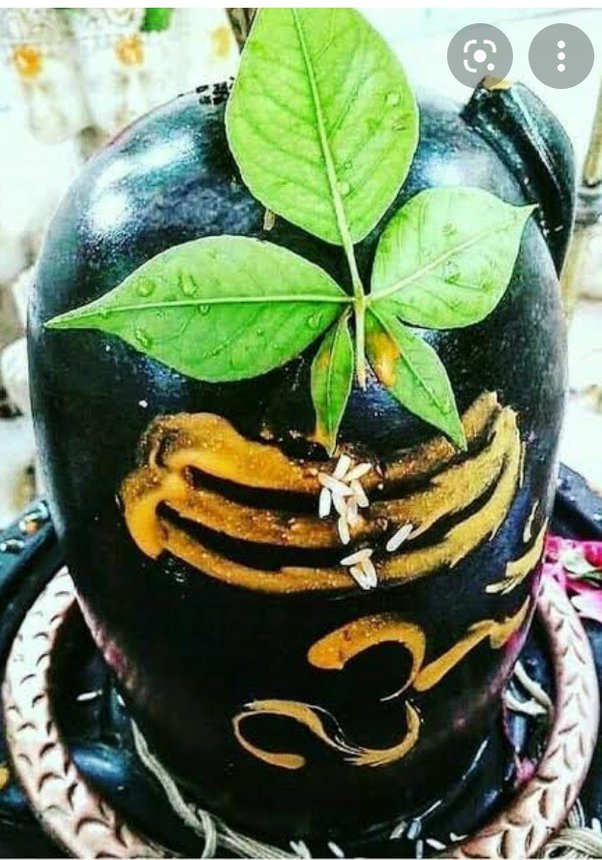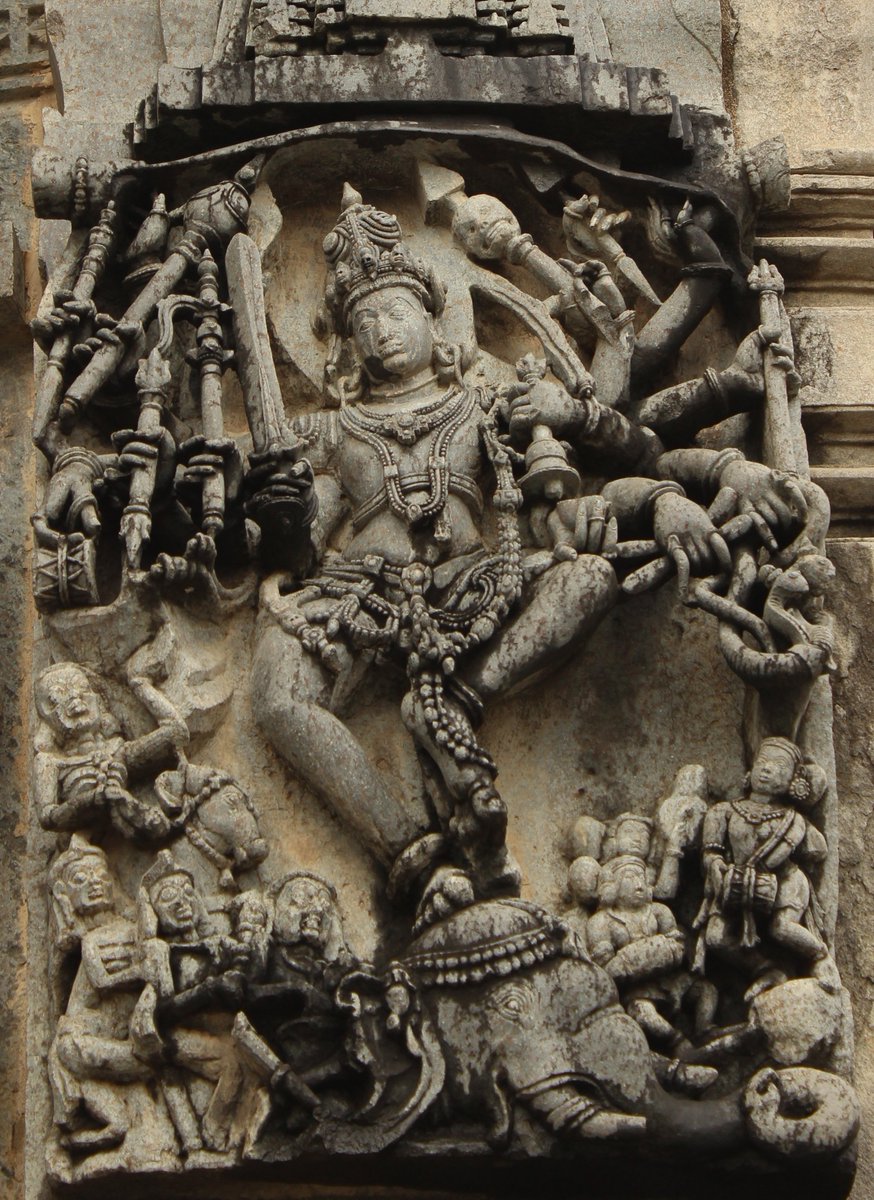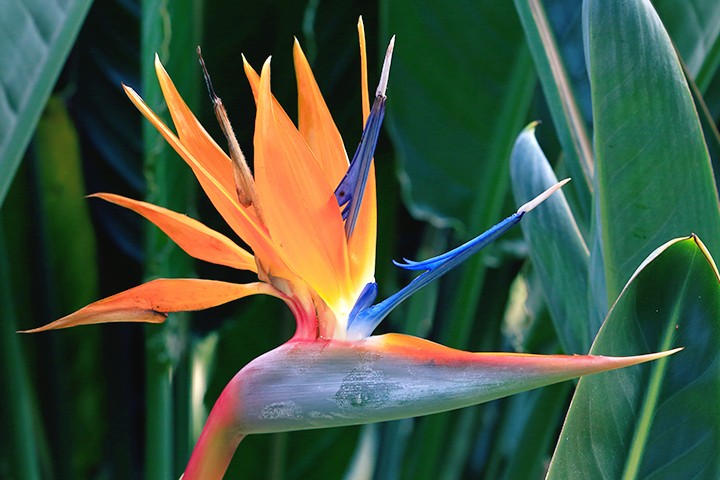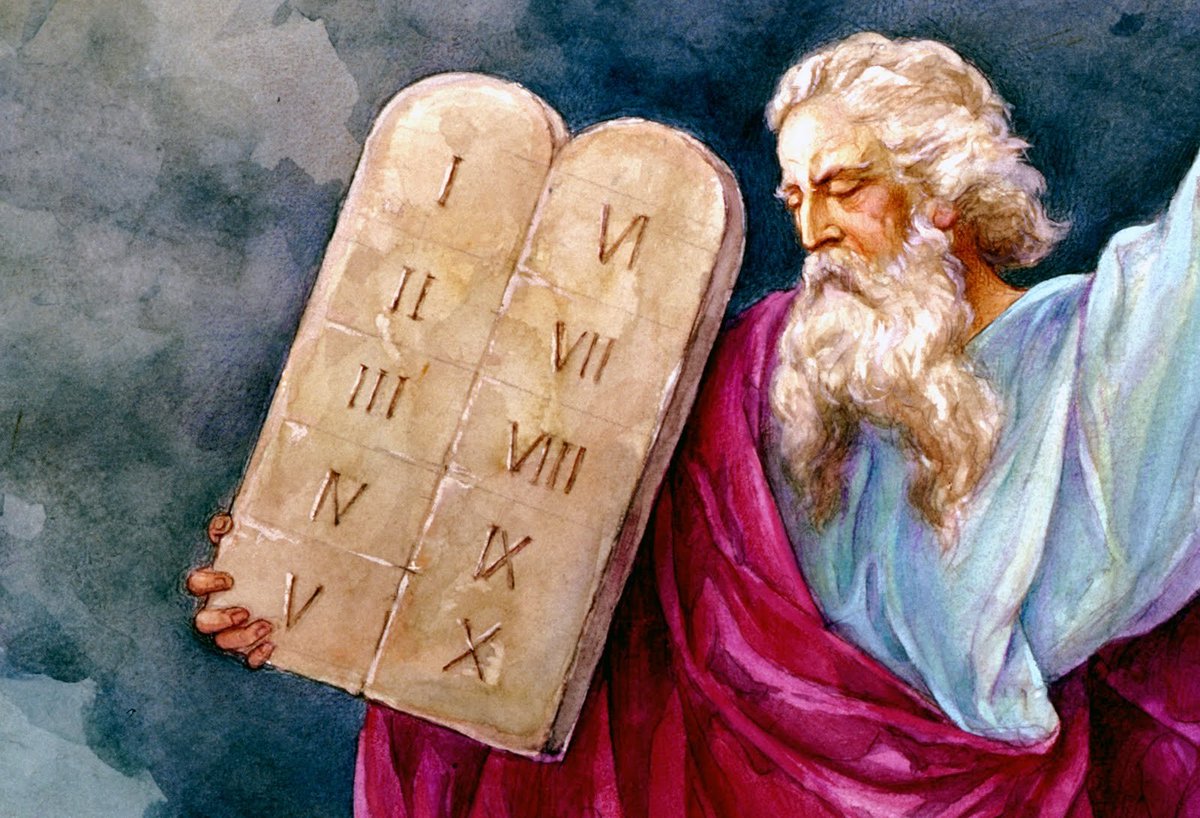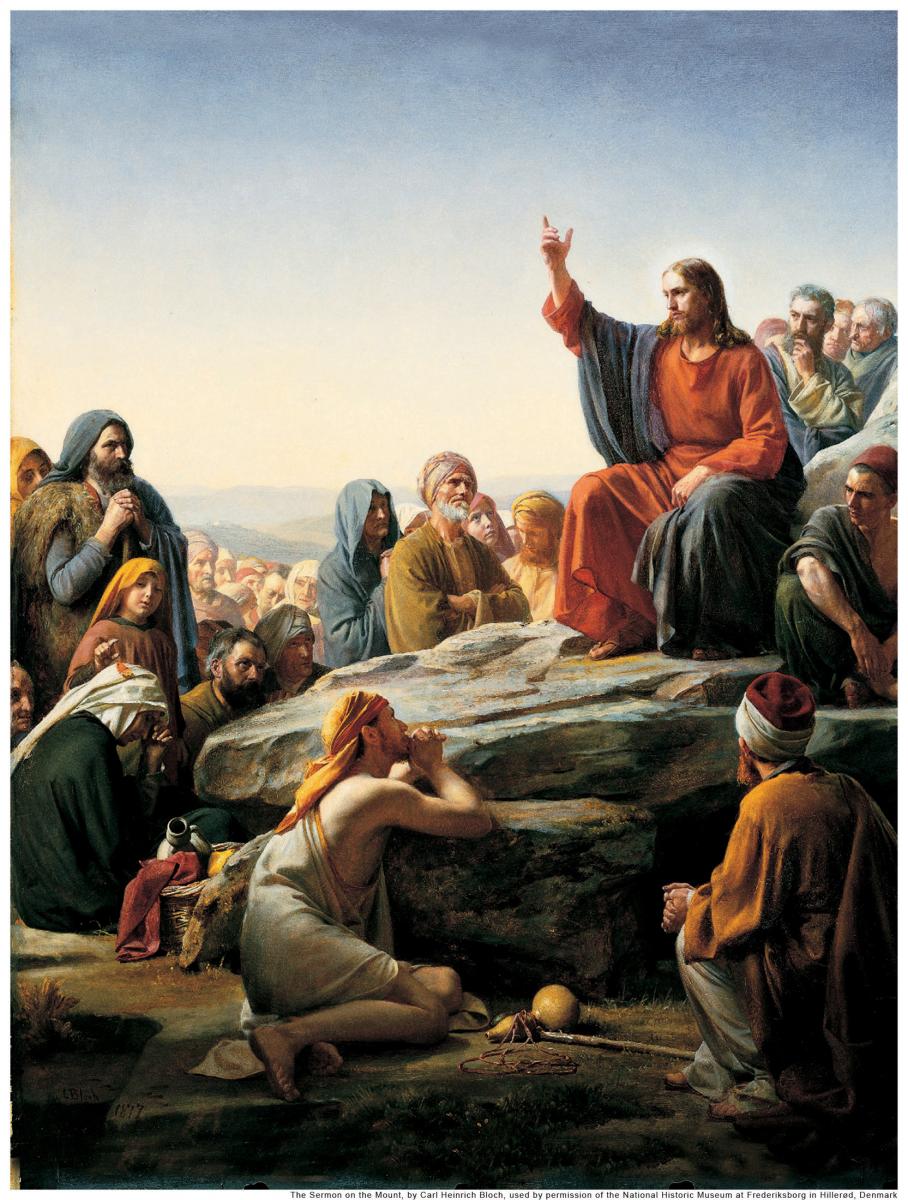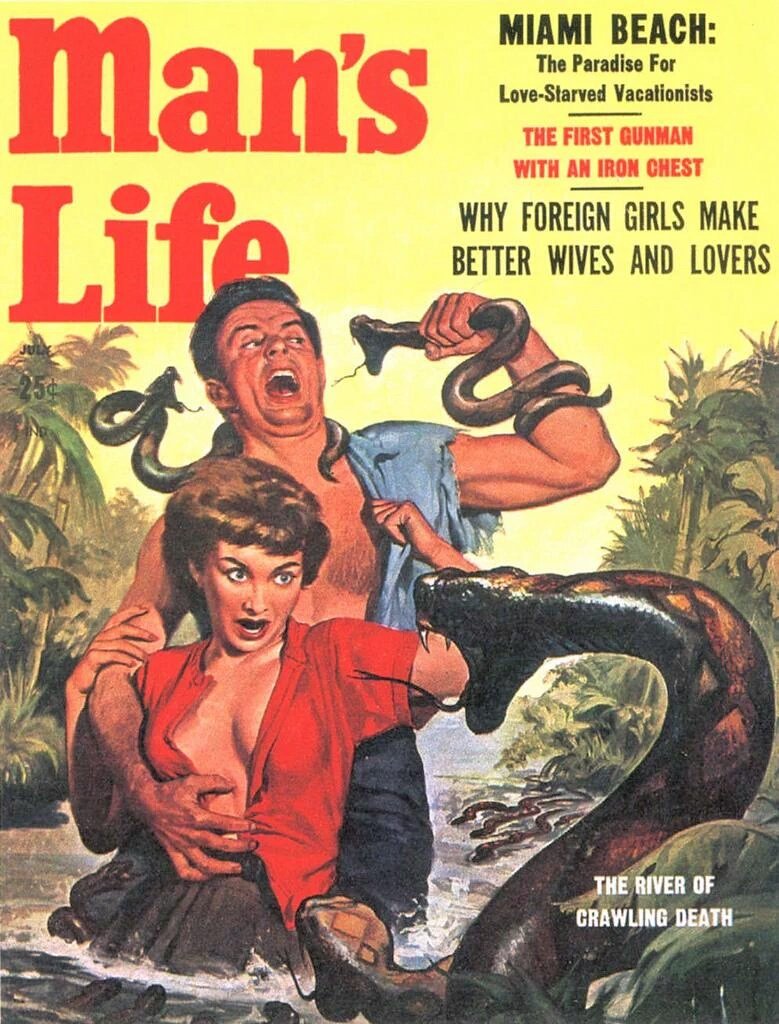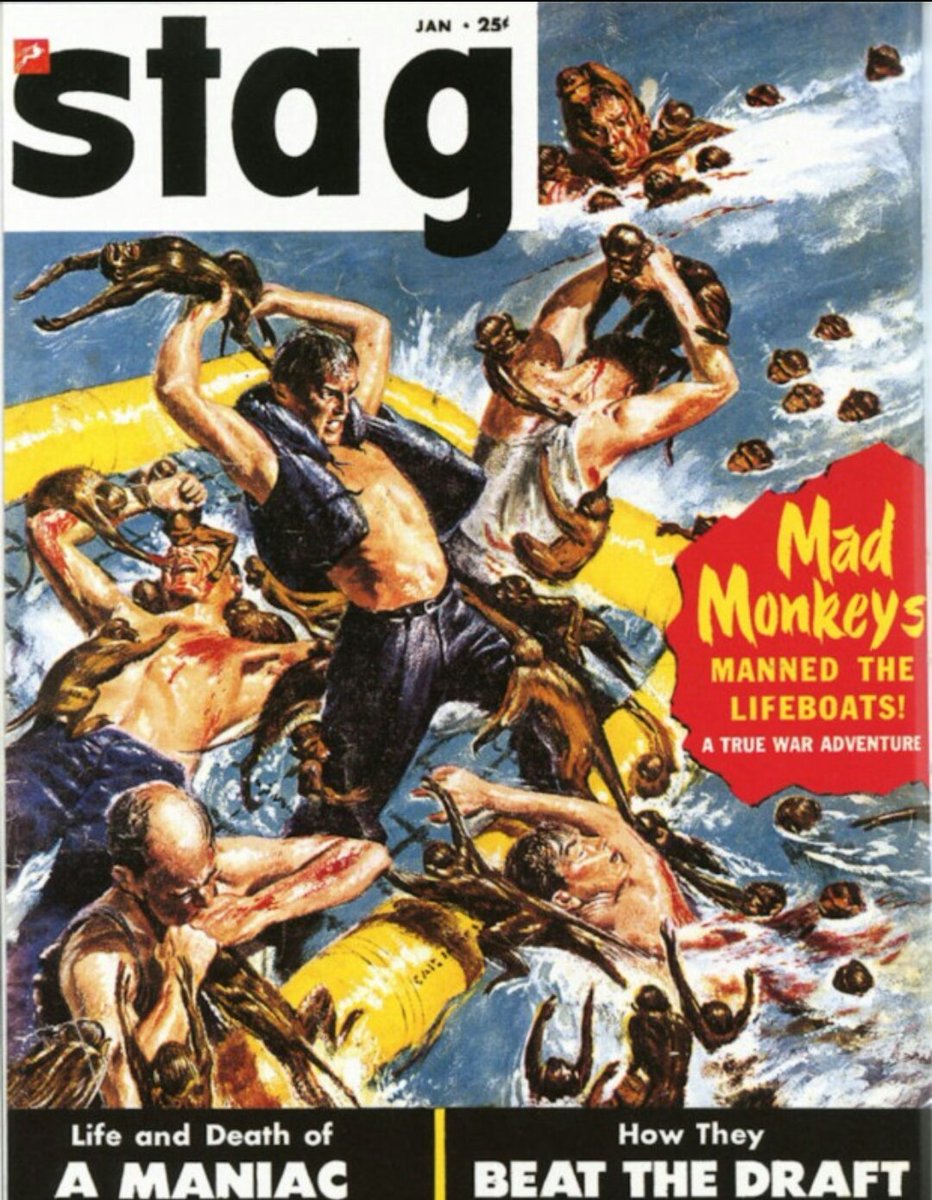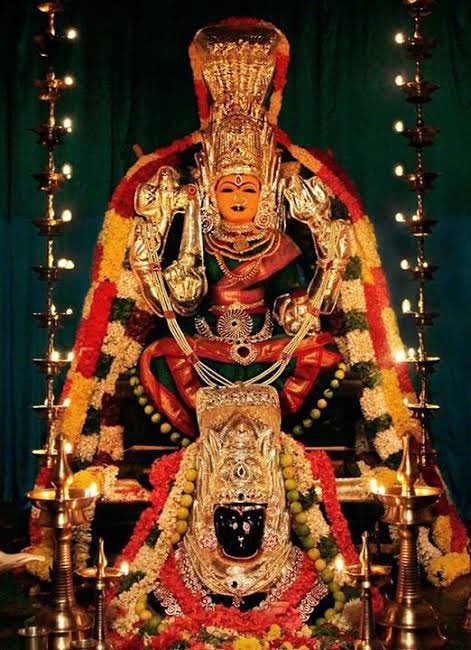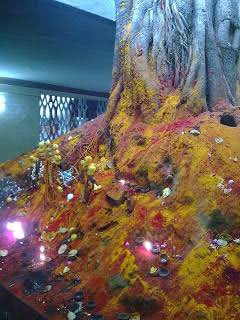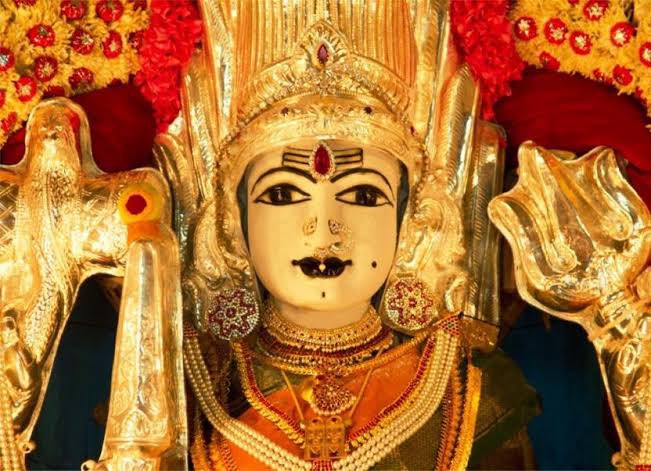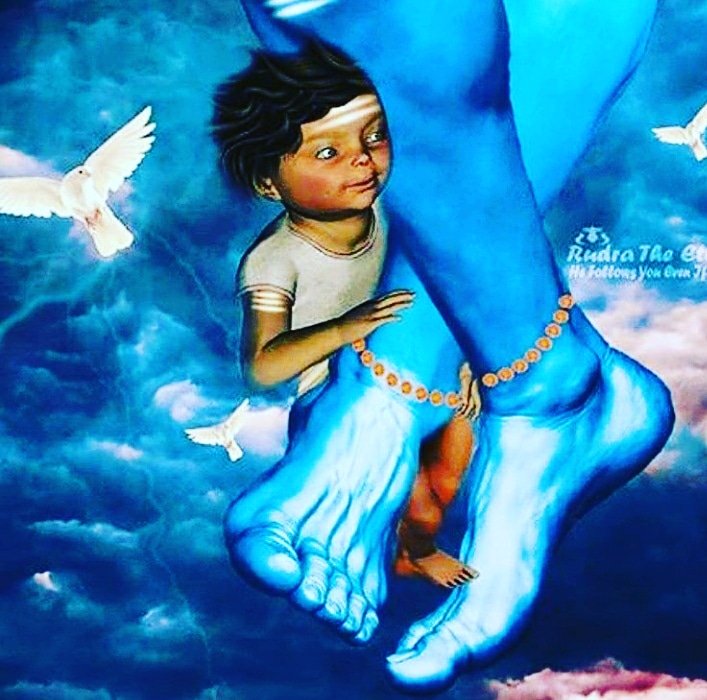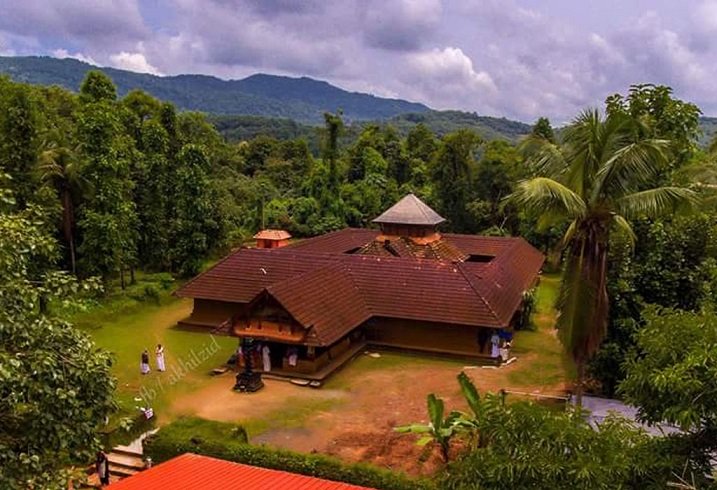2. There is scarcely any rule to this offering of pūjā. Women in sārī, suit and even western clothes offer everything they have brought with them directly to Śiva: milk, water, kumkum, haldī, bilva patra, sweets, fruits and much more with priest just managing the proceedings.
3. There is often a queue-less, order-less jumble of acts, sights and sounds in which women of all ages jostle with men and boys of all ages to reach the ‘pinḍī’, the Śiva liṇga and offer the pūjā.
4. Most people from the south, following tradition, where āgamas are still a working reality, at least in temples, and where many people follow caryā are offended, and not without reason.
Śiva also have rules of worship and approach, as other deities.
5. Śiva temple, like others requires certain rituals and customs which are inviolable. Śiva, like other deities, requires certain caryā from his devotees and thus cannot be just taken any way the devotees want. It is true that there is a way to approach him like any other deity.
6. And yet, Sanātana dharma is always more than its rules. Rules are there for a reason and are strictly followed. But the eternal tradition refuses to be 100% located in any system or institution, and that is why it is indestructible and always eludes destruction.
7. We all know, how all of India faced Islamic invasions in the middle ages. The north, just because of its geography faced them more. The cultural destruction here was deeper, more severe, more thorough and kept happening for a longer period of time.
8. Many parts of north India, and actually the heart-land of sapta-siṇḍhu area was directly ruled by the mlechhas for a long period of time. Everything cultural and beautiful including the temples, the art, the sculpture, the customs, rituals and tradition was wiped out.
9. Let alone any ancient āgamic temple in the vicinity, many parts did not even have any priests left to tell them how to offer pūjā to a certain deity. Nobody knew it anymore. Sanskrit was lost. The scriptures were burnt and nobody could read Sanskrit even if they found some.
10. Every Hindu institution that was the carrier of Sanātana tradition was destroyed or made a stooge of the colonizer. Hindu structures were destroyed. Hindu institutions were colonized. Hindu individuals were killed, converted or silenced.
11. Any other religion or sect apart from Sanātana dharma would have shriveled and died in a scenario when all its outward cultural expressions died. But Sanātana dharma didn’t for some reason. All we have to do is to rework its vitality from this fact.
12. Sanātana dharma doesn’t break upon contraction. Only its scale of operations diminishes. The Hindu worldview remains complete even after much damage to its structure. It is, like all life, self-regenerating and has the capacity to repair and remold after great loss.
13. When invasions destroyed everything cultural and institutional in northern India, Sanātana dharma shed all its civilizational accoutrements and went completely native, simple, local and vernacular; vernacular not in spirit, but in form and operations.
14. When the āgamic temples were no more, Hindus made temples with just four walls and a roof. When even those were destroyed we made do with icons under the tree. When the artists were all killed, we considered simple stones as amūrta devatā.
15. The loss of architecture, sculpture, iconography and form did not result in the death of Sanātana dharma.
16. When Sanskrit was lost, we started singing bhajans in vernaculars. When even that much of artistic creation was not possible and we lost capacity to create beautiful art, due to great cultural loss, we started substituting Bollywood songs with devotional meaning.
17. The loss of Sanskrit, art of singing, writing and playing music was lost, it did not result in our loss of bhakti and it did not result in the death of Sanātana dharma.
18. When the priests were all killed, the scriptures were all lost, the customs all forgotten, the symbols all withered without meaning, we invented new customs, rituals and oral scriptures to make up for that loss.
19. The loss of arcanā, arcakas, and āgamas did not result in the death of Sanātana dharma.
20. Mārgiya culture during those hard times, fled and took a refuge in the Desīya. Loka welcomed and hid Śāstra to preserve its spirit to emerge later on. This great insight of the great Coomaraswamy makes all pieces of understanding fall in place.
21. And in that time of great emergency, all rules were suspended and the deities for most Hindus in north India became almost parents, suspending all rules of behavior, and simply coming down to loving and protecting their devotees, like parents care for children.
22. It is then, that Śiva became Bholenātha.
23. He started allowing people other than arcakas to approach him, to touch him, to offer puja directly to him, to let them whisper demands in the ear of his gaṇa, Naṇdī. To acquire the avatāra of Bholenātha, whose only rule is bhaktī, faith in the truth of Sanātana dharma.
24. It is during this time that Śiva worship became even more popular than before. The simple uncarved stone lying in a natural place became the object of supreme worship and power, not needing any iconography, śastra or arcaka.
25. It became as powerful as the mightiest of temples like Brihadeeswar. This cultural change was seen in other sects (deities) too, where simple stones, needing absolutely zero iconography or āgama ādeṣa became the most popular form of their worship.
26. And it is just one way in which Sanātana dharma survives all odds, all difficulties, all hardships.
So, yes, we have to learn all the āgamas, all the rituals, customs and traditions from cultures which have preserved them.
27. And yet at the same time, we also need to know that Sanātana dharma is above and beyond all of this. That it survives even after all this is destroyed. That is why it is Sanātana. That is the strength of Hindu dharma.
Jai Bhole!
===
